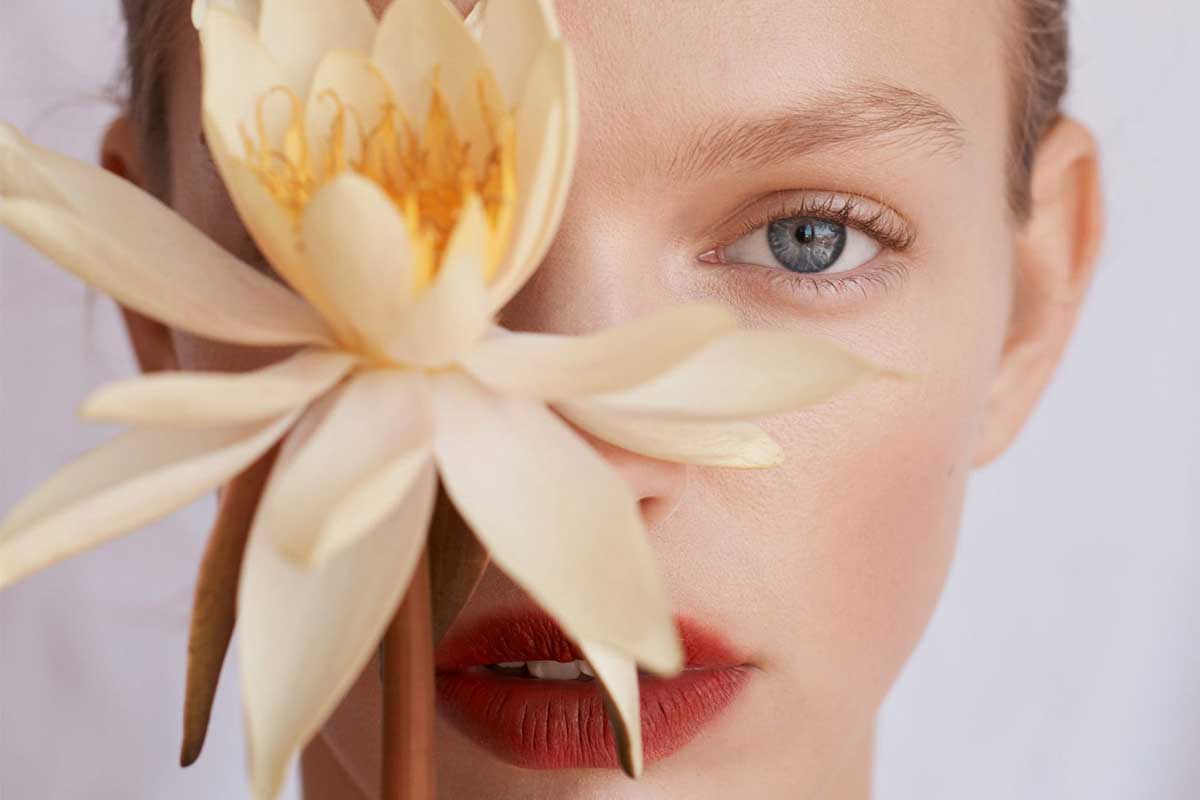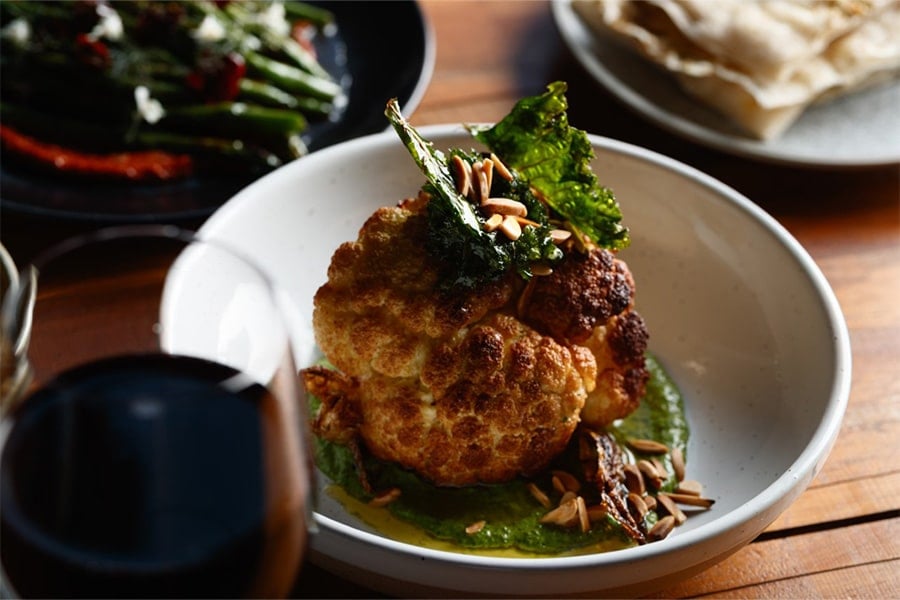
On our unique opportunity to investigate our understanding of joy, and the unapparent ways we may find it.
They say life is about the little things, and this isn’t an ode to how nice clean sheets make us feel (although they are a sensory triumph), but the ways in which we can find room for joy when we feel as though everything around us has been steamrolled.
Some say joy is a choice. Some say the sensation is not mutually exclusive to despair, shame and anger like happiness is believed to be. There are theories penned that state joy is what undergirds our souls, and Bible references that argue that joy is an “attitude of the heart.”
Tolstoy mused “Life could be limitless joy, if we would only take it for what it is, in the way it is given to us,” alluding to its omnipresence, if we would just pay attention to the fact.
Turiya Hanover is a therapist and the co-founder of Path Retreats and Path of Love – a global meditation and personal growth retreat program – who carries the same belief. Her myriad of studies in Gestalt, Bioenergetics, Psychodrama, Family Therapy, NLP, Hypnosis and Somatic Experiencing have led her to facilitate global workshops on reconnecting to inner joy, which she believes is just that. “I define joy as an inner experience of contentment. You cannot teach it. Inner joy just bubbles out of your heart and comes out of yourself. It’s a space of innocence and curiosity,” Hanover tells me over the phone. It would appear that all theories – conceptualising happiness aside – point to the same hypothesis: with joy there is hope.
To seek joy, we must understand it. In her book, Exuberance: The Passion for Life, Kay Redford Jamison writes, “Psychologists, for reasons of clinical necessity or vagaries of temperament, have chosen to dissect and catalogue the morbid emotions – depression, anger, anxiety – and to leave largely unexamined the more vital, positive ones.” What we know about joy is often collected and referenced from and back to ourselves. Our experiences inform what makes us feel good, and we leave it up to our chemical reactions to take care of the rest. On a surface level, dopamine, serotonin, and oxytocin are the hormones and neurotransmitters that encourage us to seek pleasure. Which – when dopamine is concerned – is largely affected by encounters which trigger the brain’s reward system, motivating us to continue taking such actions which support surges in feeling pleasure. As we grow, we become attached to the ways in which we can rely on experiencing joy.
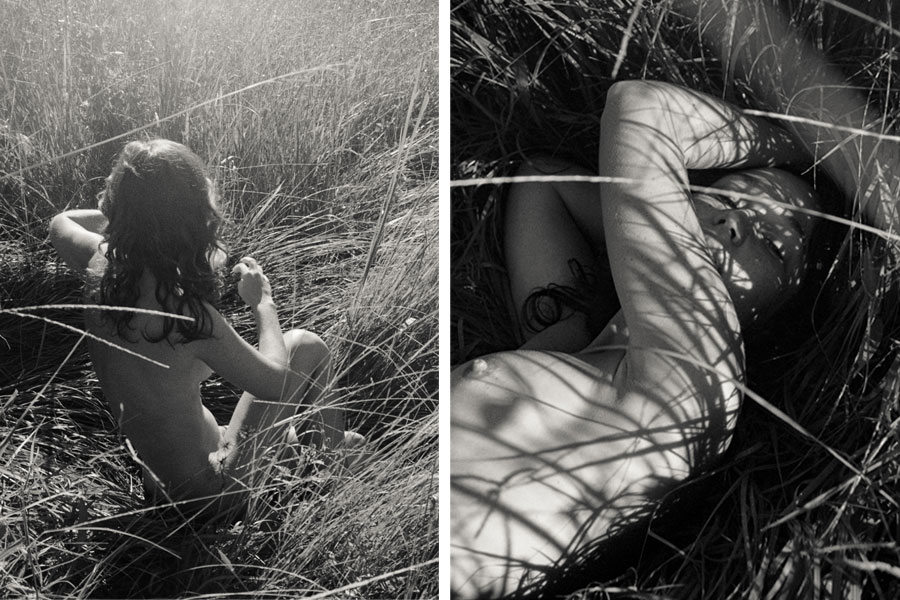
But as COVID has taken hold, healthy or unhealthy habits aside, we’ve seen many of these vices become no longer accessible. When the saying “uncertain times” has been forever changed, an element of trust jumps overboard, and we are left stranded with little but the reality of the present. There’s no taking things for granted when said things might dissipate by dawn, and getting creative with how to conjure joy has become imperative.
As far as other people’s joy goes, the topic never really sets pulses racing. When misery loves company, it’s only natural to delight in somebody’s misfortune. We witness this specifically with writers throughout history: Tolstoy, Plath, Colette. All observing the literary limitations of happiness throughout their lives and works. Making a living wage – or often not – through the plumbing of their misfortune. However, the proof is in the pudding that these tomes have stood the test of time, providing hundreds of thousands with comfort or perhaps schadenfreude within their pages. Hanover references this within her work, explaining, “One of the main issues that we work with in joy is loyalty. We lose joy because we’re loyal to people, if someone you love is hurting, we feel we can no longer have joy, so we become loyal to suffering.” When connection is what binds us, the question begs: what happens to our joy when a global pandemic leaves us bereft of connection? Is it harder to access in the rubble of solitude, or simpler?
When we went into lockdown in late March, I began to measure up my worth – and ultimately my happiness – against how much I was accomplishing in self-isolation. My closet remained positively cluttered, my sourdough starter over-fermented too early on to be viable, and a throng of forgotten resistance bands collected dust in the corner of my living room, some still wrapped in their packaging. My sense of joy had abandoned me, along with my productivity.
When connection is what binds us, the question begs: what happens to our joy when a global pandemic leaves us bereft of connection?
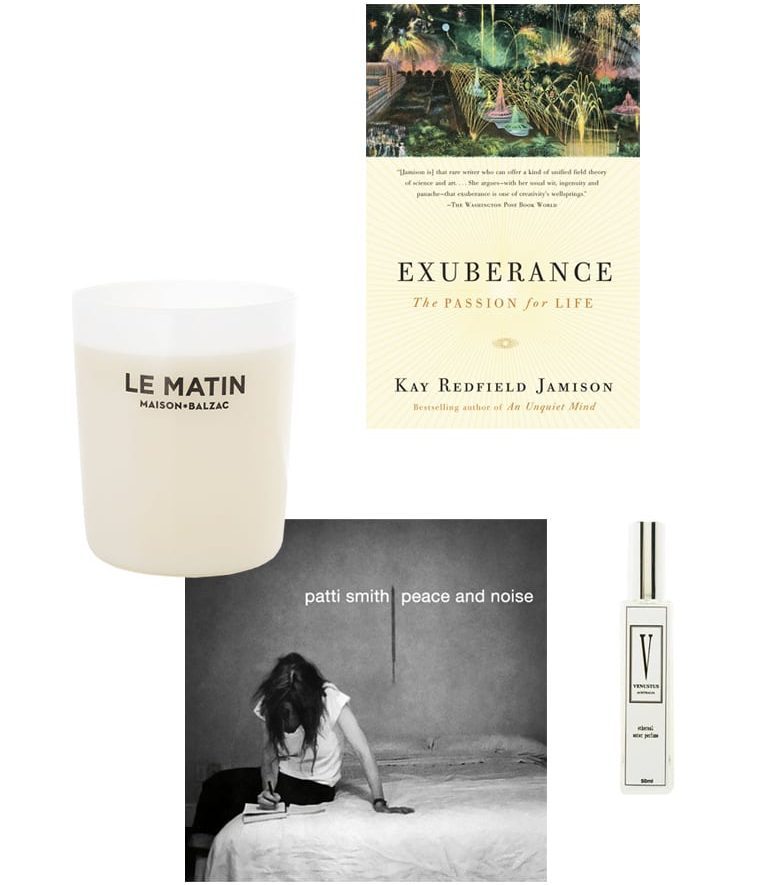
Clockwise from bottom: Patti Smith, Peace & Noise (ARISTA RECORDS LLC); MAISON BALZAC Le Matin Scented Candle; Kay Redfield Jamison, Exuberance: The Passion For Life (VINTAGE PUBLISHING); VENUSTUS Ethereal Water Perfume.
The irony of the scenario, of course, lies in the way capitalism has tricked us to feel guilty about resting in unfilled time and space – or, say, coping with a quarter-century health crisis in whichever ways feel most manageable.
After months of restrictions and separations, my capacity to grasp joy has felt skewed beyond recognition. As stagnant as my physical self is, I have felt emotionally untethered in this new environment where spontaneity is no longer accessible. “We constantly restrain our spontaneity and that is what closes off joy,” Hanover explains when I ask about the possibility of reframing joy post-pandemic. “When working with people I always ask ‘how do you restrain your heart? How do you keep yourself from living the way you want to live?’”
While we are still existing within the arc of COVID-19, it’s difficult to imagine, truly, how our perspective on positive emotion as a whole might have warped under the pressure of the entire ordeal. Will we come out the other end tarnished, or will our lens of joy be reshaped and remoulded? Recast with softened edges that give way to the joyfulness we’ve tried to pluck out from the ridges of despair, polish off, and crystallise into new meaning? A meaning that asks: how do you keep yourself from living the way you want to live?
I don’t come bearing a solution to how to free oneself of the trappings of conditional productivity and capitalism at large, nor have I figured out how to be truly content within its grip (though this may be fundamentally impossible).
What the pandemic has taught me, however, is how to find joy in liminal space. The waiting, the wondering, and the being.
It’s a quiet kind of joy that speaks in whispers. Not unbridled, not ecstatic. An ember of thought for grounding’s sake. Humble joy. Experienced in the obvious moments of acknowledging you still have your health, your home, perhaps your job. Noticed in the instances where we might otherwise slip into hopelessness.
When I explain this new meeting of joy during lockdown, Hanover notes, “I think that it [isolation] puts us in the right direction to understand that joy is within. When you can no longer go out and see friends or go shopping or make more money, the inner values are suddenly more in focus, which is why some people are struggling, because their inner values are not so defined, or they fall into emptiness. When people turn within, they may feel more joyful and discover a whole inner world that we hadn’t looked at before.”
Look for it in the cracks between your consciousness. Search for it between the swaths of mundanity. Conjure it on a Monday morning when you get out of bed at 11am and walk to buy a coffee, softening to the knowledge that our understanding of time intersects with our obsession with productivity and without either, you’re just a jumble of atoms piled into a skin suit looking to pour hot, acidic liquid into yourself.
It’s a quiet kind of joy that speaks in whispers. Not unbridled, not ecstatic. An ember of thought for grounding’s sake. Humble joy.
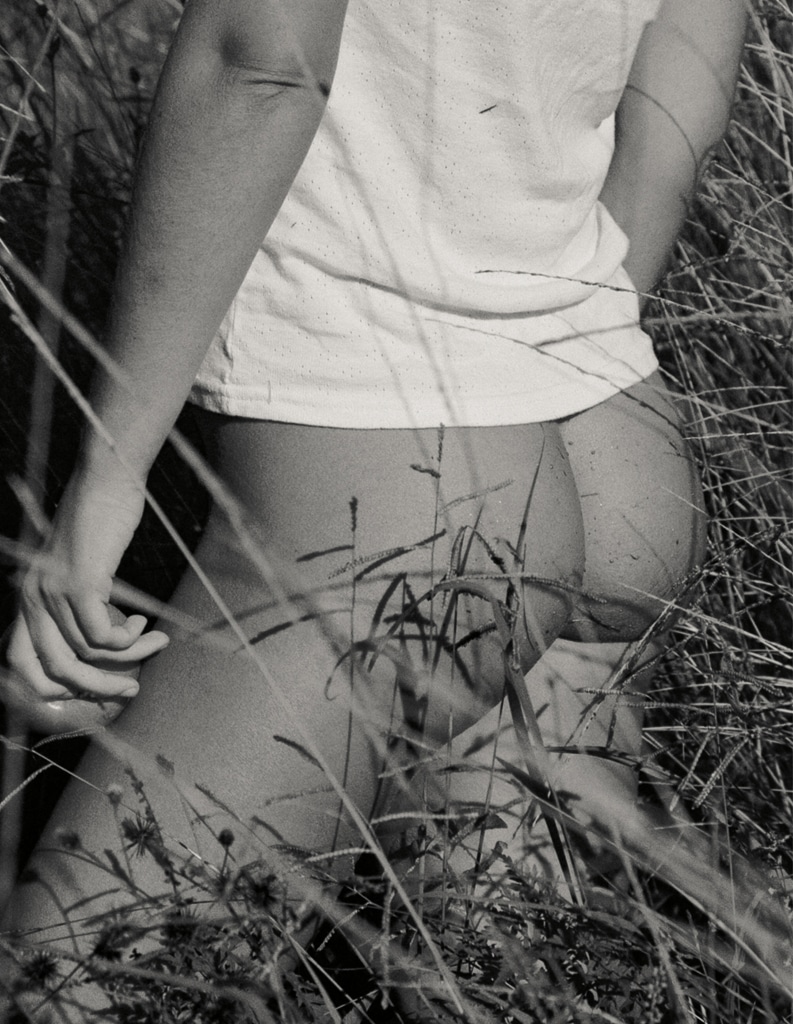
After a year of immense change and damage, it’s easy to feel stripped of anything reminiscent of levity. While we attempt to mend all that is in shambles, will we be able to use forms of joy as the cement?
If joy laid bare really is as democratic as it would appear, perhaps we can follow the lead of C.S.Lewis when he said “No soul that seriously and constantly desires joy will ever miss it. Those who seek find. To those who knock it is opened.”
When all is said and done, perhaps we can knock on joy’s door once again, this time saddled with the knowledge that it is already unlocked.
When asked how to access this joy on a deeper level, Hanover instructs me to “Look at your life and see where you feel that flow of innocence. Notice where you feel free of other people’s judgements. Where in your carefreeness do you experience true joy? Many people have forgotten their access to it.”
Perhaps your previous sourcing of joy looked like dancing all night, perhaps it leant on quiet expression. When clubs and consumerism – joy’s most accessible yet fleeting routes – are no longer within reach, where does your joy live?
Mine lives in the brief bout of spring air that filters through my window each morning. It lives in her laugh when she is surprised by something humorous. It lives between moments I would ordinarily not find peace in. Sometimes it even lives in TikTok. It lives where the seeds I’ve planted in a box on my roof begin to sprout, signifying that some things still will, and want, to continue existing here. It lives in what’s left.


